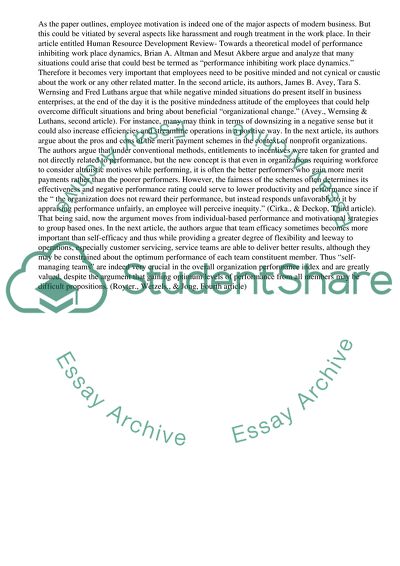Cite this document
(“Power and Politics at Work Literature review Example | Topics and Well Written Essays - 1250 words”, n.d.)
Power and Politics at Work Literature review Example | Topics and Well Written Essays - 1250 words. Retrieved from https://studentshare.org/management/1412836-argumentative-essay-power-and-politics-at-work
Power and Politics at Work Literature review Example | Topics and Well Written Essays - 1250 words. Retrieved from https://studentshare.org/management/1412836-argumentative-essay-power-and-politics-at-work
(Power and Politics at Work Literature Review Example | Topics and Well Written Essays - 1250 Words)
Power and Politics at Work Literature Review Example | Topics and Well Written Essays - 1250 Words. https://studentshare.org/management/1412836-argumentative-essay-power-and-politics-at-work.
Power and Politics at Work Literature Review Example | Topics and Well Written Essays - 1250 Words. https://studentshare.org/management/1412836-argumentative-essay-power-and-politics-at-work.
“Power and Politics at Work Literature Review Example | Topics and Well Written Essays - 1250 Words”, n.d. https://studentshare.org/management/1412836-argumentative-essay-power-and-politics-at-work.


